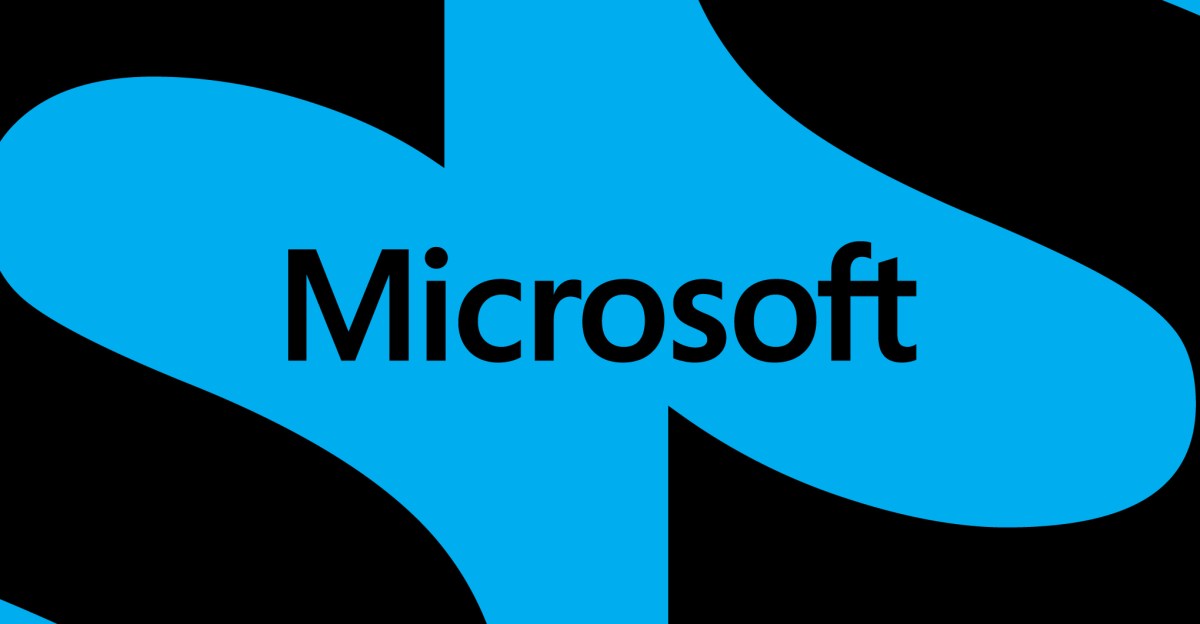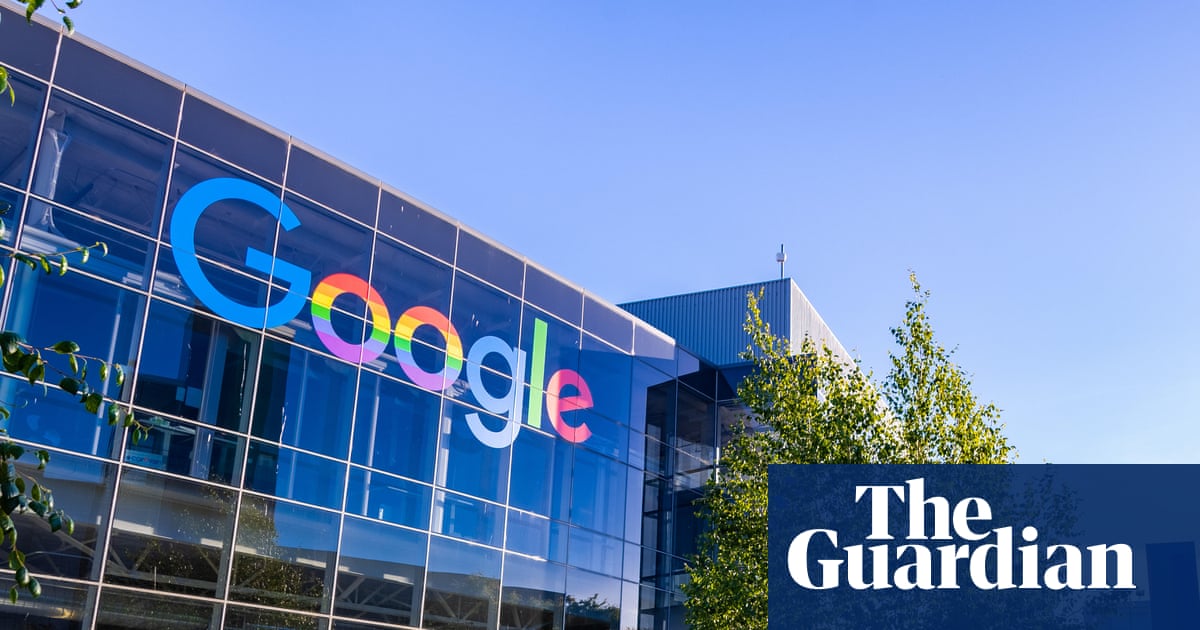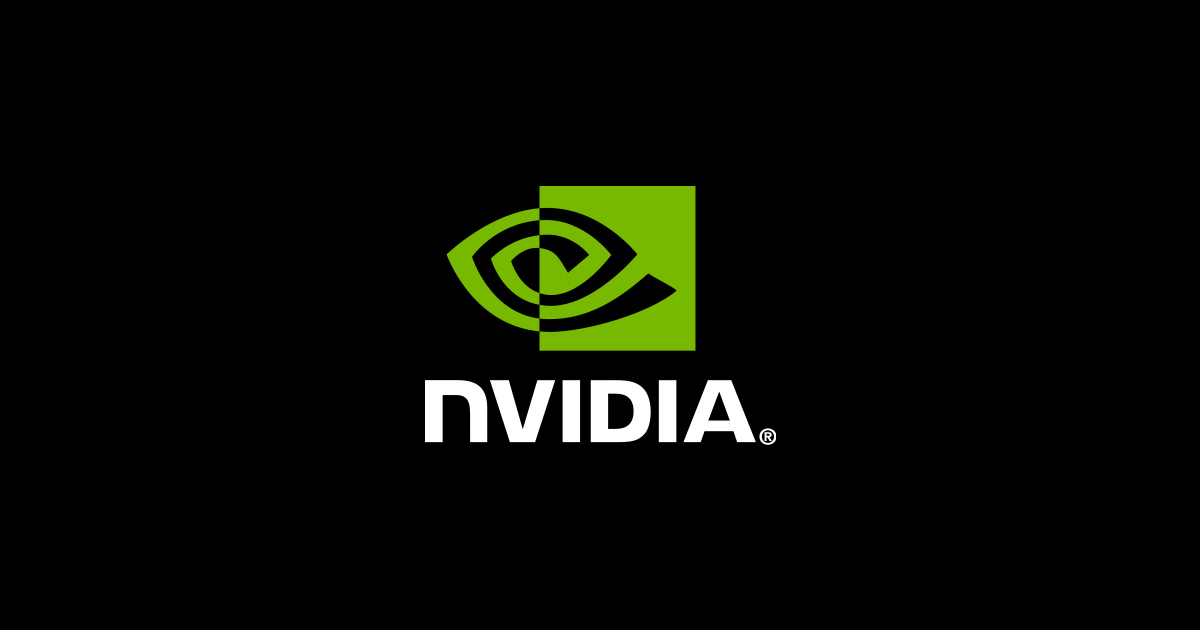Seizing Ho Chi Minh City’s low-carbon economic opportunities with a net zero industrial precinct approach is both an economic imperative and a climate opportunity.
Vietnam’s industrial zones are central to its economic success, but they also account for a significant share of national emissions.
In line with its net zero by 2050 commitment and evolving international trade requirements, Vietnam – and particularly Ho Chi Minh City (HCMC) – is taking steps to align its industrial growth with decarbonisation pathways.
Net zero industrial precincts (NZIPs) offer a coordinated, place-based decarbonisation approach.
They can help unlock shared infrastructure for clean energy, reduce the cost and risk of new technologies, and position HCMC as a globally competitive, net zero-aligned manufacturing hub.
By decarbonising its industrial zones through an NZIP framework, the city can future-proof its industries against trade regulations while attracting low-carbon investment and maintaining market access.
HCMC has over 17 industrial zones, each varying in size, types of industries, and energy and emissions profiles.
These differences mean each zone has differing decarbonisation opportunities – highlighting the benefits of taking a place-based approach.
In industries such as electronics and machinery, priorities include electrification, energy efficiency upgrades, fuel switching and rooftop solar deployment.
In contrast, heavy industries, such as steel and chemicals, require more complex interventions, including the use of hydrogen, ammonia, sustainable biomass and potentially carbon capture, utilisation and storage (CCUS).
Each zone’s energy and emissions profile informs tailored interventions that reflect both the technological requirements and market pressures of its key sectors such as electronics, steel, plastics, cement and textiles.
In this report, Climateworks analyses five representative industrial zones that cover over 70 per cent of HCMC’s industrial energy use and a wide range of sectors.
These include Saigon Hi-Tech Park, Tan Thuan Export Processing Zone, and Tan Tao, Hiep Phuoc and Dong Nam Industrial Zones.
Through this analysis, we identify common decarbonisation levers that can be applied across HCMC, including renewable energy, electrification of heating and improving energy efficiency.
Financing HCMC’s industrial transition requires targeted use of blended capital, de-risking mechanisms and the alignment of Vietnam’s nascent carbon market, green bond frameworks and sustainability-linked loans.
As HCMC is set to become an international financial hub, the city is well placed to mobilise capital for industrial transition.
We recommend a phased implementation strategy beginning with pilot projects in high-readiness zones, supported by key performance indicators, emissions baselines and public–private investment coordination.
The success of these pilots will not only help reduce local emissions but also provide a national model for industrial transition that can inform future scaling across Vietnam’s industrial ecosystem.
Realising this vision requires action across four foundational pillars and one cross-cutting enabler.
Firstly, it means developing coordination and skills to embed cross-sectoral governance mechanisms and building institutional capacity.
Secondly, it is building the necessary enabling infrastructure, including renewable electricity, green hydrogen supply, lowcarbon transport and industrial-scale heat recovery networks.
Thirdly, it means decarbonising existing industries through process upgrades, electrification, energy efficiency and low-carbon procurement standards.
Lastly, it is attracting new industries through targeted investment, incentives and policy certainty.
There are also cross-cutting enablers that are critical to unlock the required capital and deliver long-term social and economic resilience, such as sustainable finance mechanisms (e.g. green bonds, sustainability-linked loans and concessional climate finance) and workforce reskilling.
By combining our analysis of HCMC’s industrial zones with international case studies of industrial transition, this report presents a roadmap for implementing NZIPs in HCMC. HCMC stands at a strategic crossroads.
By implementing net zero industrial precincts, the city can demonstrate climate leadership, secure long-term industrial competitiveness and catalyse Vietnam’s broader transition to a resilient, low-carbon economy
Continue reading: Download the report (3mb)






